https://birdwatchinghq.com/fun-facts-about-turkeys/
When most people think of turkeys, they immediately think of Thanksgiving. But there is more to these incredible birds than feasting on them every November.
#1. Turkeys were ALMOST the national bird of the USA!
As the story goes, Benjamin Franklin preferred the Wild Turkey to the Bald Eagle as the national bird of the United States! So is this myth actually true?
Well, in a letter to his daughter Franklin lamented the selection of the occasional garbage & carrion-eating Bald Eagle as the nation’s representative, as it was not the respectable representative he had hoped for! The Bald Eagle, he remarked, was lazy & a thief. Franklin didn’t like that they would wait for another eagle to capture lunch & then ambush it to steal the catch for his greedy self!
Moreover, Franklin said the turkey was intelligent, protective of its territory, & would fearlessly attack any perceived threat. In every way, he thought it was a better icon for the United States. But he never actually proposed this thought to anyone except in a letter to his daughter, which is what triggered the myth.
#2. Domestic turkeys are different from wild ones.
Domestic turkeys that are raised for food are roughly double their original size. This is because they have been bred to have oversized breasts to provide more food. In fact, they are so big that domestic turkeys can’t fly like their wild airborne counterparts.
In addition, domestic turkeys have a hard time mating because of their size, & most commercial turkey producers rely upon artificial insemination to fertilize turkey eggs.
Lastly, domesticated varieties of turkey have been deliberately bred to be entirely white. This is because white birds don’t have skin colors underneath the feathers, so the bird is more consistent & attractive in the store.
#3. How the turkey got its name is interesting!
So, somewhere between 4,000 & 2,000 years ago, the Mayans/Aztecs domesticated the South Mexico Wild Turkey for food. They used it for religious sacrifice & feasts, & it is the basis for our modern domestic turkey.
Sometime later, Spanish Conquistadors got to the New World & brought these domesticated birds, which were not called turkeys yet, back to Europe. Once in Europe, the turkeys became popular & were equated with guinea fowls, which had been brought over from Africa. At the time, the Guinea Fowls were mistakenly called “Turkey cocks” since they were originally brought over by Turkish Traders, completely ignoring their African origin. However, since they were associated with Guinea Fowls, the name “Turkey cocks” stuck, & eventually, it was shortened to “turkey.”
Interestingly, around 1608, settlers came to North America & brought domesticated turkeys to North America, finding near-identical birds already present! The name stuck & was also applied to the local (original) variety. Talk about miscommunication!
#4. Male turkeys have beards!
Interestingly, male turkeys have chest beards that grow continuously from their chests. These beards grow between 3 & 5 inches per year, often reaching a length of 7 inches or more!
Since turkeys are birds, these beards are not actually made of hair. Instead, they are specialized feathers called mesofiloplumes & are primarily used for attracting mates.
#5. Only one gender of turkey gobbles!
Only male turkeys make the famous gobble call. This sound is used to announce themselves to females while competing with other males for the ladies’ attention. Other turkey sounds include purrs (mostly females), yelps, kee-kees, clicking noises, cackles, clucks, putts, & kutts.
#6. Turkeys have weird stuff on their faces!
Have you ever looked closely at the face of a turkey? It has some truly remarkable (others say gross) features called caruncles. Depending on your point of view, these bulgy bits on the head look like warts, mini-brains, or intestines. 🙂
Interestingly, both sexes have caruncles. Females generally stay a non-descript pink color. But for males, the caruncles can be either red or blue, depending on their mood!
#7. Turkeys have something dangling off their neck!
The dangly flesh that hangs off the front of a turkeys neck is called a wattle. Both sexes have wattles, & they can change colors depending on the mood, as extra blood will rush into them to appear bright red for maximum visual impact. Conversely, if they become scared by a predator, the blood will rush out of the wattle & appear blue.
Wattles also help release heat from a turkey’s body on a hot day!
#8. What’s that thing on a turkey beak?
Both male & female turkeys have snoods, which are another form of caruncle. Male turkey’s snoods extend over the beak & are essentially dangly, ornamental fleshy appendages.
The length of them reflects the animal’s good health for mating purposes. Longer snoods also indicate higher levels of testosterone in the bird. Snoods can also be used to predict the winner of a competition between 2 males when fighting.
#9. The legs of turkeys are dangerous!
Males have sharp bony protrusions on their legs, making effective weapons during combat. Native Americans even used to use them as the point for their arrows. Who knew that eating a turkey leg could be so dangerous? 🙂
#10. Turkeys are (mostly) vegetarians.
Turkeys are almost exclusively ground-foraging birds, which means they eat their food from the ground. They exist primarily as vegetarians, as most of their food consists of acorns, nuts, grass, seeds, etc. But, they will gladly eat bugs & other small invertebrates when available.
#11. Wild Turkeys can fly!
Wild Turkeys like to roost in trees at night, so to get up there, they need the ability to fly! And for such a large bird, they can fly a surprising distance, between a half & a full mile. They can also fly faster than you think & reach speeds up to 50 mph.
#12. Turkeys can also run fast!
Turkeys can run at surprising speeds of 15-25 miles per hour on the ground. If you irritate one, they can definitely outrun you, so stay cool & don’t do anything threatening, or you’ll almost certainly regret it. 🙂
#13. Baby turkeys don’t hatch at the same time.
When a hen is ready to make little turkeys, she’ll lay about 10 to 12 eggs, one egg per day, over about 2 weeks. The eggs will incubate for about 28 days before hatching, meaning the 10-12 chicks will hatch sequentially over about 2 weeks.
Baby turkeys, also called poults, are considered precocial & nidifugous, which means they are fairly developed when they are born & can leave the nest immediately. This is a good thing because poults are preyed upon by a large variety of predators, including snakes, raccoons, skunks, & many different types of birds of prey.
#14. A turkey’s head is sort of like a mood ring.
A turkey’s head is incredibly unique, & as we just learned, it includes a snood, a wattle, & caruncles. Interestingly, these features change color based on excitement, fear, or aggression level.
If it’s bright red, that means blood is rushing in, so back away slowly because they’re in the mood for a fight or readying to attack. Blue often means the blood has left & that the turkey is scared.
#15. Turkeys have been to the Moon!
The first meal eaten on the Moon, when astronauts Neil Armstrong & Ed “Buzz” Aldrin landed there in 1969, was roasted turkey & all of the trimmings from specially prepared foil-sealed food packets from NASA.
Landing a spacecraft on the Lunar surface was terrifying because they didn’t know if it was a solid rock or a big bowl of dust into which they would sink. So, when they landed safely, it was a good reason to have a Thanksgiving-type meal on the 20th of July, 1969!
#16. They almost went extinct TWICE!
This turkey fact is depressing. Unfortunately, turkeys have nearly gone extinct twice because of humans.
The first time was in the early 1800s when they nearly vanished due to overhunting & habitat loss. As settlers relentlessly chopped down forests for lumber to build homes, towns, & cities, turkeys disappeared along with the trees. And then it happened again in the 1930s when turkeys were nearly hunted to extirpation because it was thought they were limitless & able to support any level of hunting.
It took careful shepherding & management to bring them back from just 200,000 birds to the current population of 7.5 million Wild Turkeys. This is regarded as one of the most successful population recoveries ever.
#17. Turkeys are smarter than you think.
This fact about turkeys may surprise you, & that is that turkeys are highly intelligent in many respects. For example, they can map out & remember details of their home range, about 1,000 acres of land.
Additionally, if you’re patient & pay attention to them, they become familiar, like pet dogs! Each day you visit, they will move a little closer to you until they decide you are acceptable, & then they are quite friendly. But be aware this takes time, & they need to make the decision for themselves.
#18. Their eyesight is better than you think.
Although it’s not as good as an eagle, turkeys have incredible vision. They can see at least 3 times better than humans in terms of distance & resolution. On top of that, they can see nearly 270 degrees, so very little head movement is necessary to observe everything around them.
#19. Their hearing is better than you think.
Turkeys don’t have ears you’d recognize since they are small holes behind the eyes. Nevertheless, they can hear sounds in the subsonic frequencies beyond the range of humans up to a mile away.
Combined with their extraordinary vision, intelligence, & speed, Wild Turkeys are incredibly hard for predators to catch.
Next time you talk about turkeys, you can impress your friends by using the correct terms. 🙂
Gobblers or toms: adult males
Hens: adult females
Jennies: juvenile females
Jakes: juvenile males
Poults: baby turkeys
Rafter, gang, or mob: a group of turkeys
Bachelors: a group of male turkeys at the beginning of the mating season
#21. This turkey fact is a bit gross.
Interestingly, poop can tell you a lot about a turkey when it is not in sight. For example, the bigger the dung’s diameter, the older the turkey usually is.
Also, the design of the feces tells you if the turkey is male or female.
Males make a poop that looks like the letter “J.”
Females like to make a little swirly shape that would qualify them for a part-time job at Dairy Queen. But try not to think about this turkey fact next time you visit DQ.
#22. The presidential turkey pardon!
Every year, the current United States President grants a pardon to 2 birds (a presidential turkey & a vice-presidential turkey) just before Thanksgiving. The selected birds live the rest of their lives on farms & are often available to the general public to greet, visit, & photograph.
While some claim that official Presidential pardons for turkeys started in 1989 with the presidency of George H. W. Bush, unofficial presidential pardons were granted a lucky turkey each year much earlier. Some records even claim pardons were issued as early as the 1830s!
Considering that around 46 million turkeys are killed each year for Thanksgiving, the odds of being given a presidential pardon is 1 in 23 million. 🙂
#23. Eating turkey DOES NOT make you sleepy.
I’m sure you have heard that supposedly eating turkey on Thanksgiving makes you fall asleep. And yes, of course, it contains that infamous amino acid named tryptophan, which can have a calming effect.
But the difficulty is that you’d have to eat an incredible amount of turkey & nothing else to get enough tryptophan to obtain an effect. That lethargy that overtakes you after Thanksgiving is more likely caused by all the excess carbs from the crust of mini-marshmallow-topped sweet potatoes, stuffing, & a surprisingly large amount of alcohol.
Weekly Chuckle:

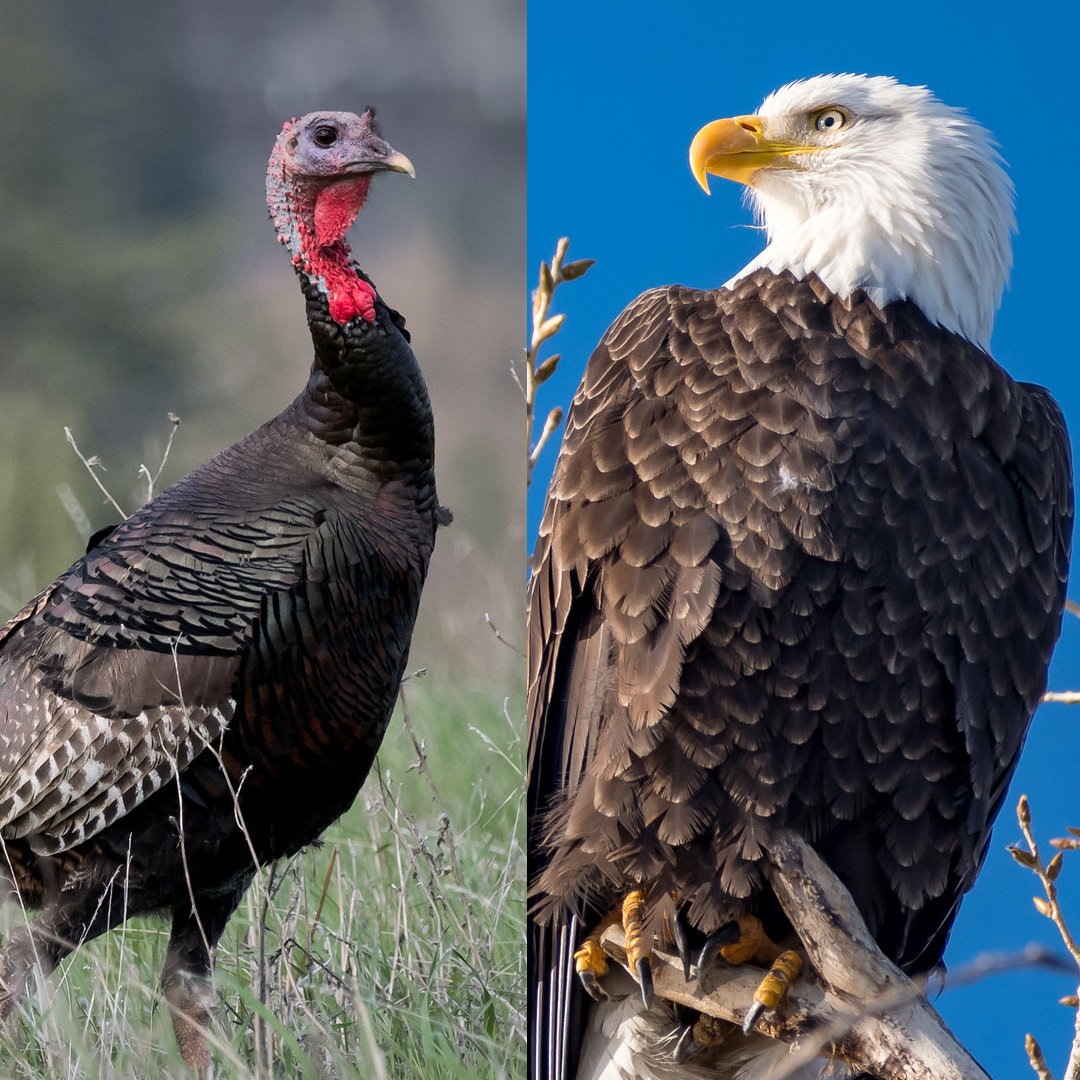
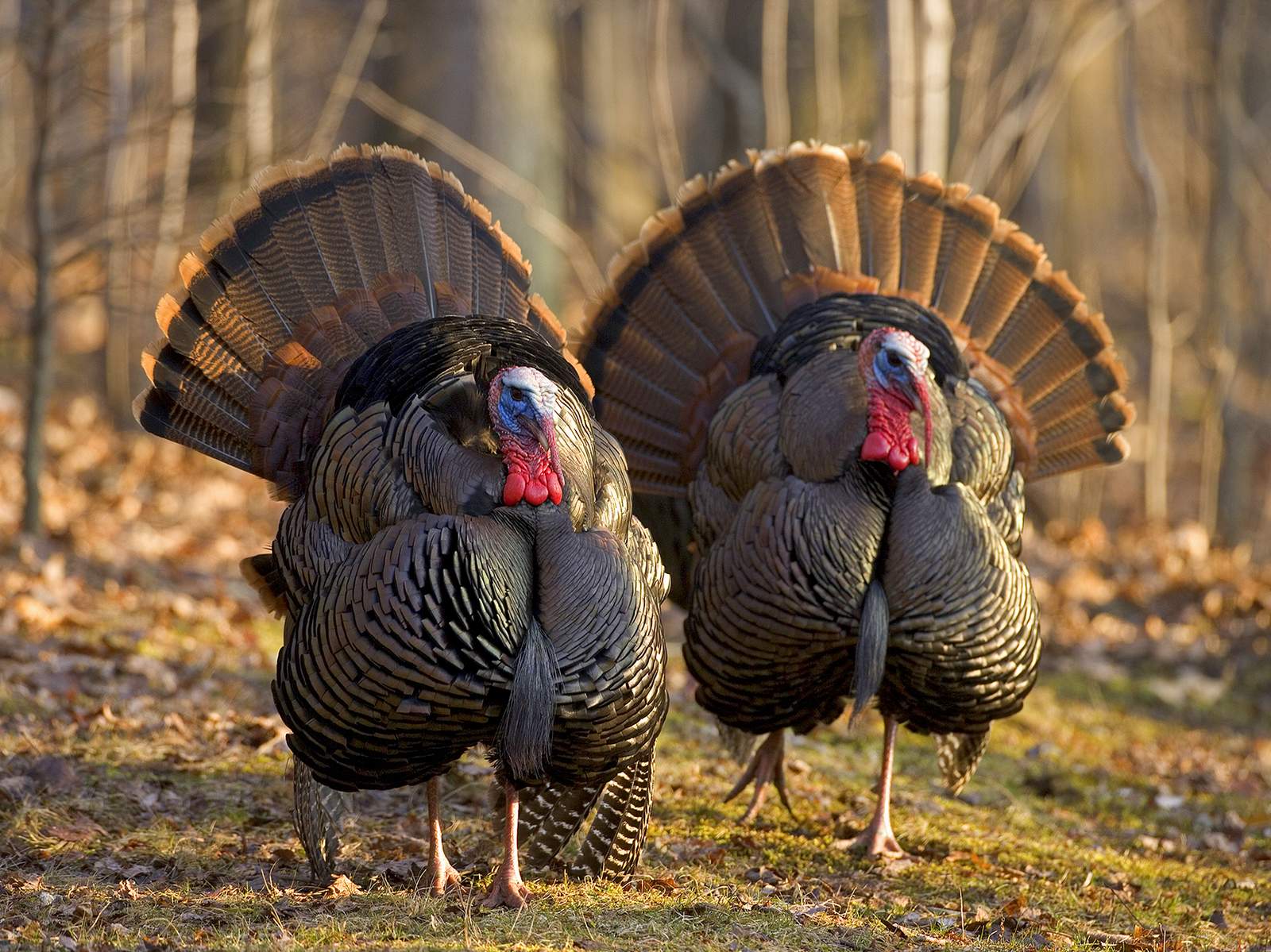





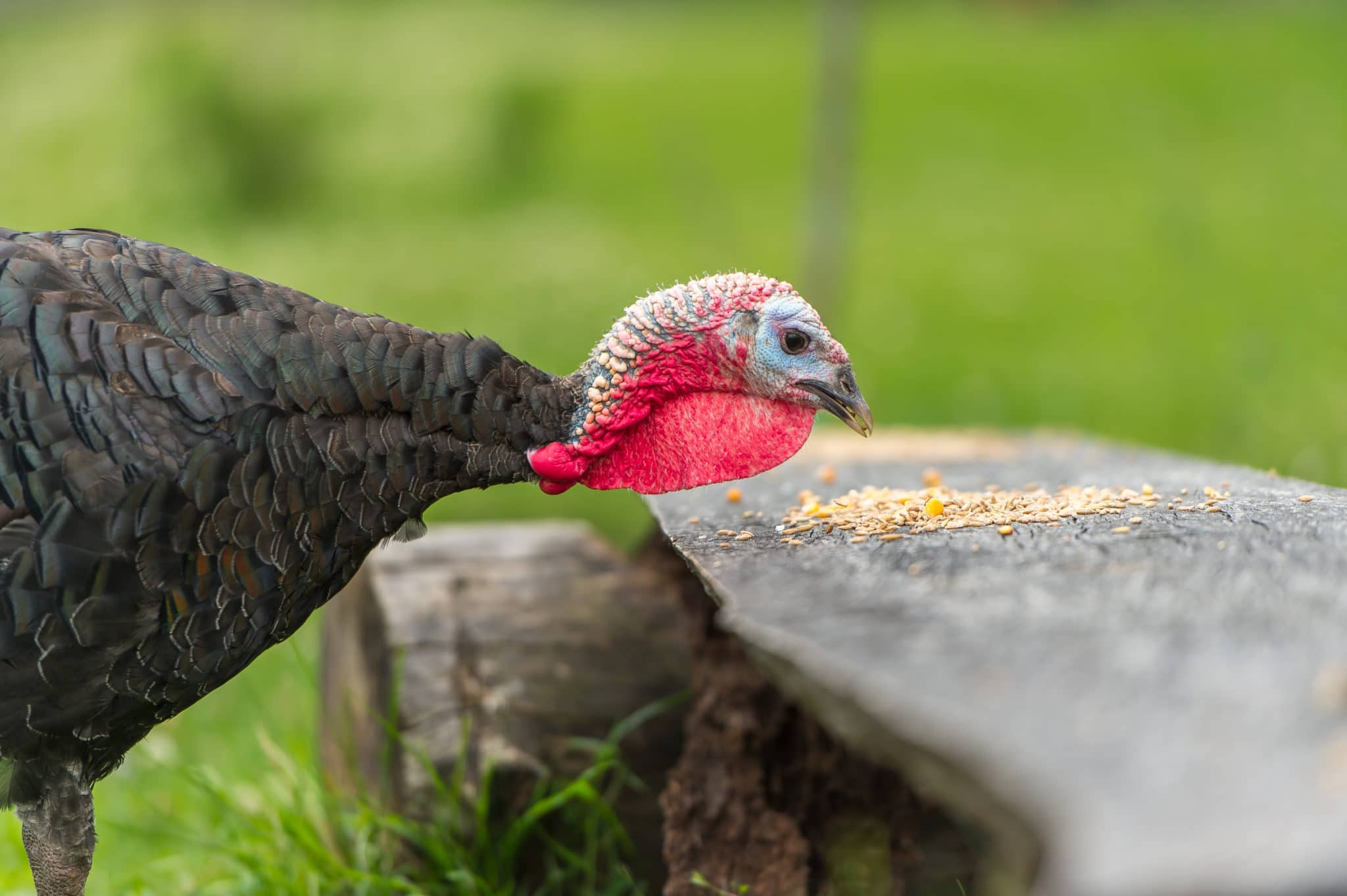
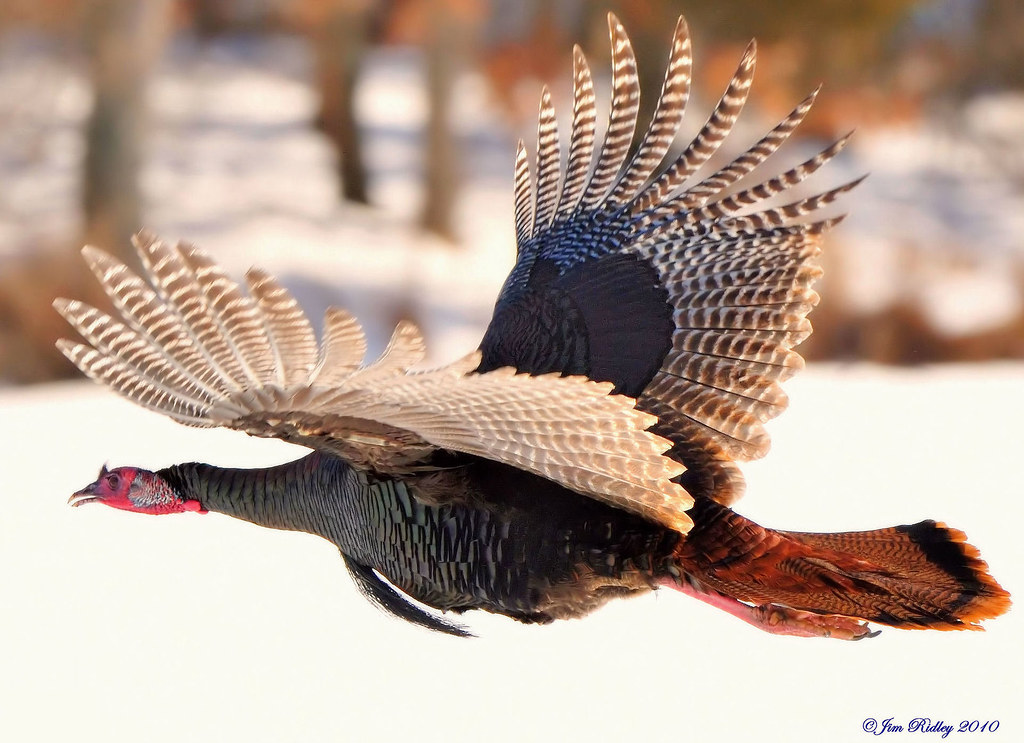

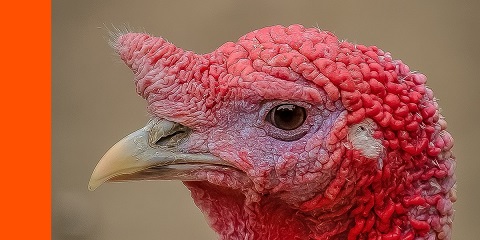
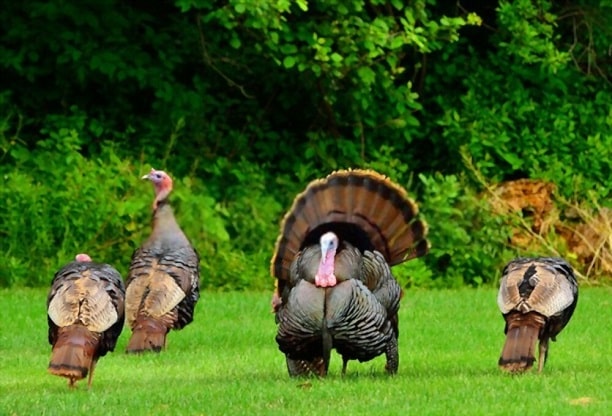
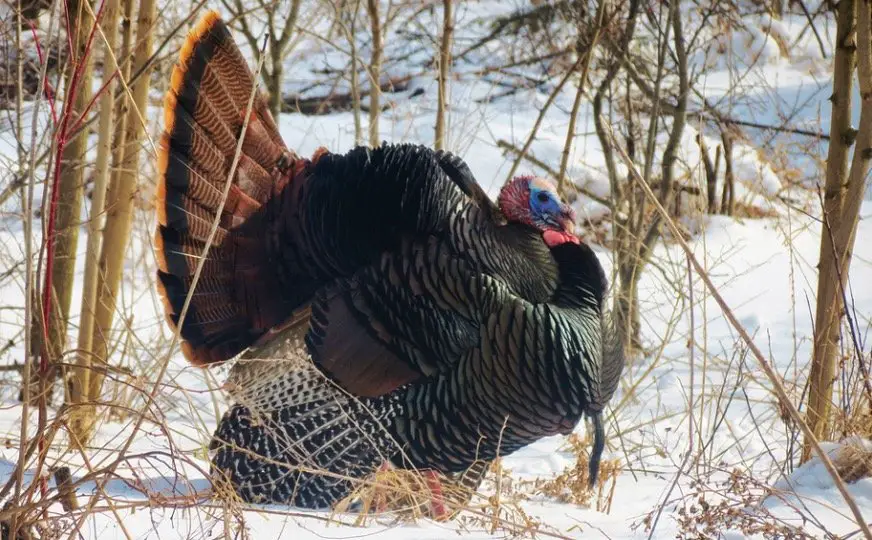
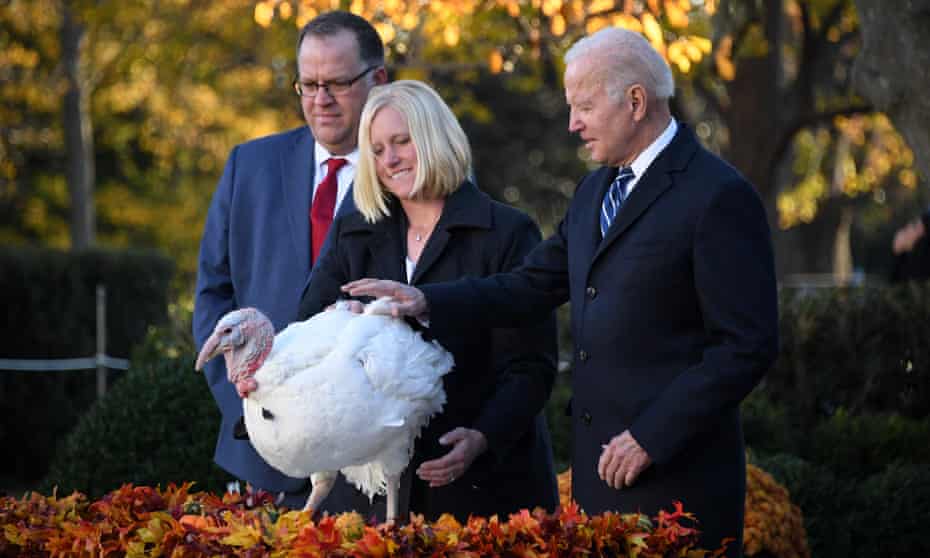





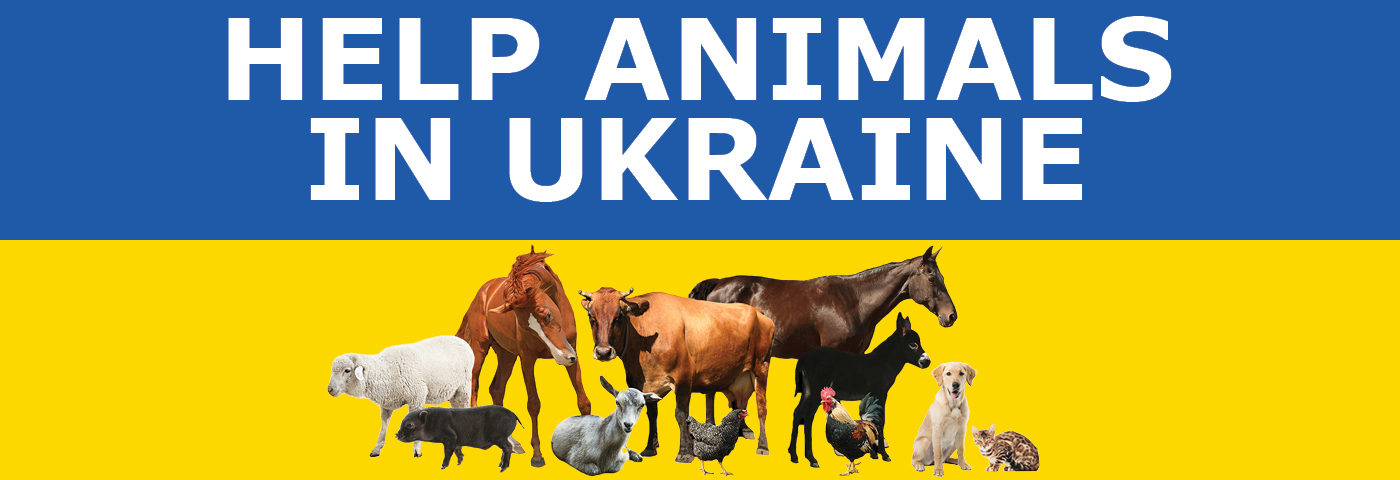
No comments:
Post a Comment